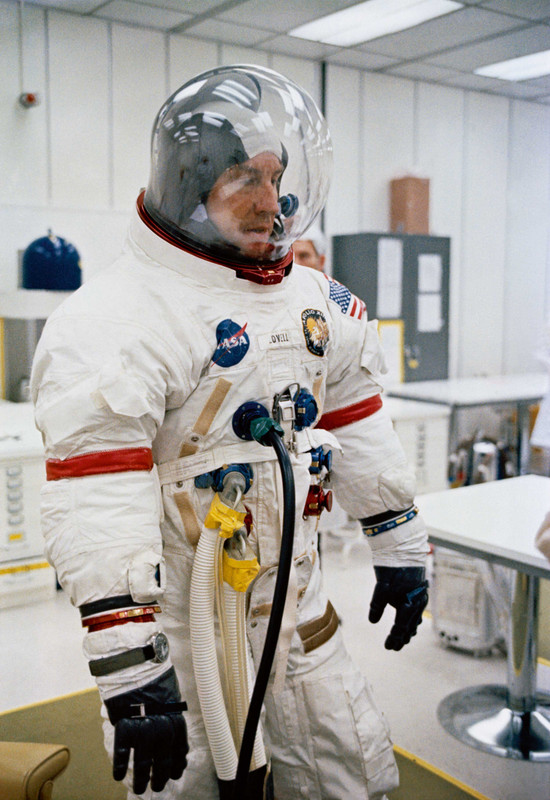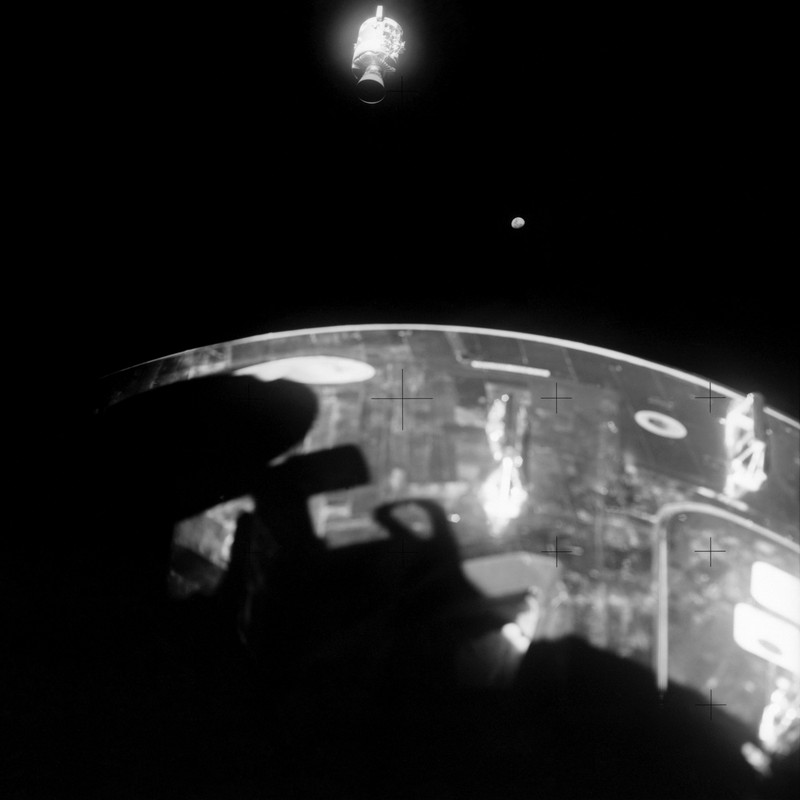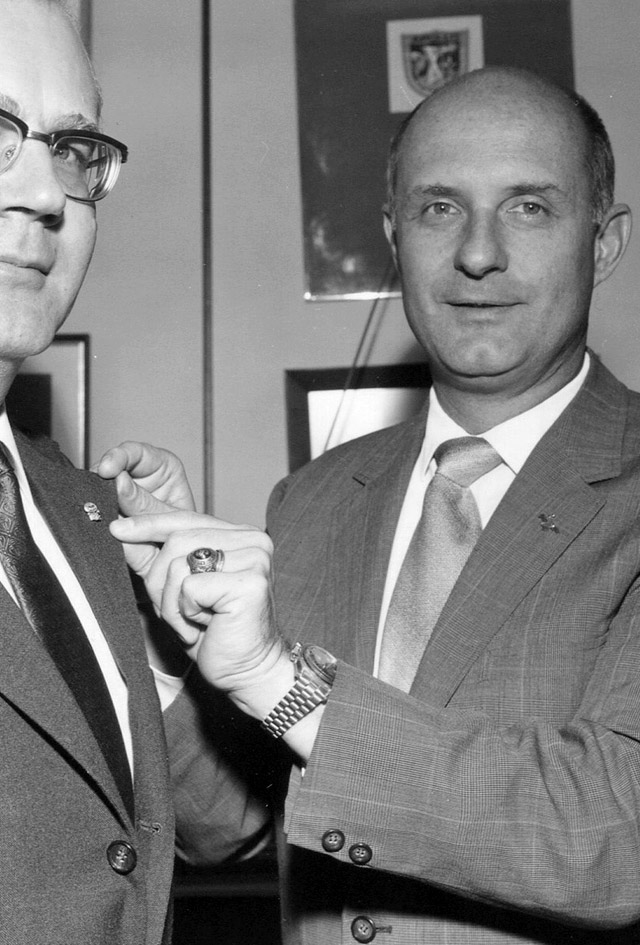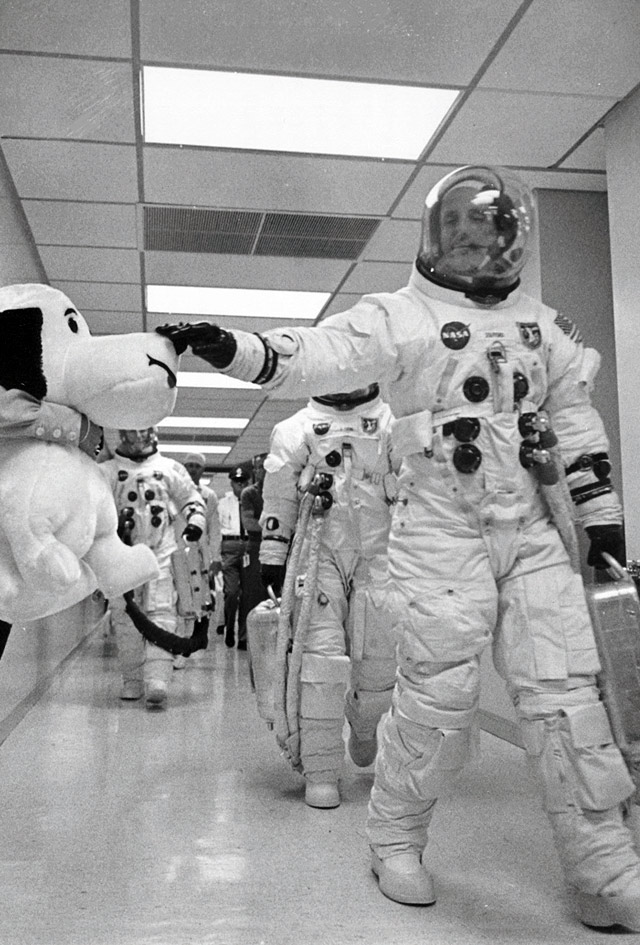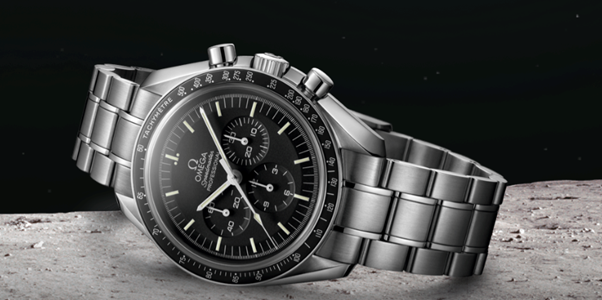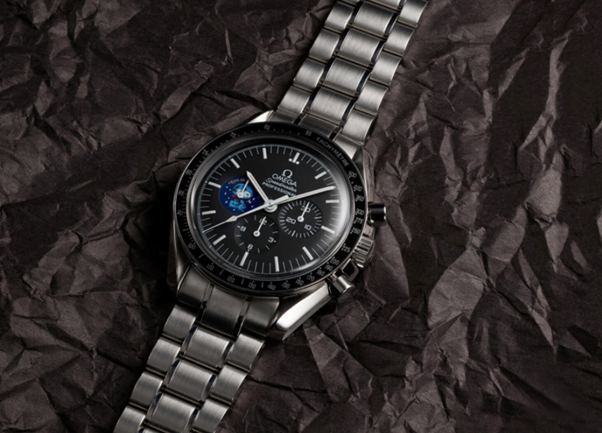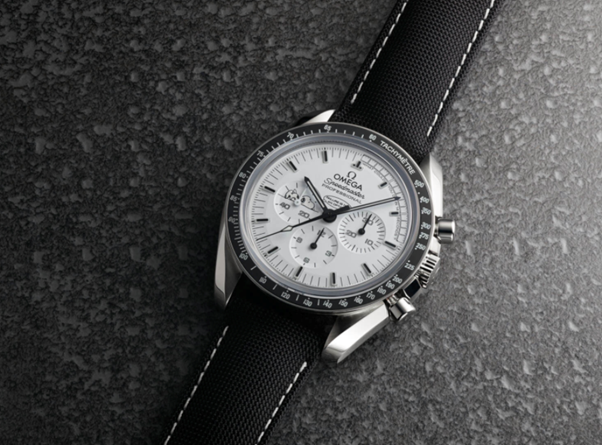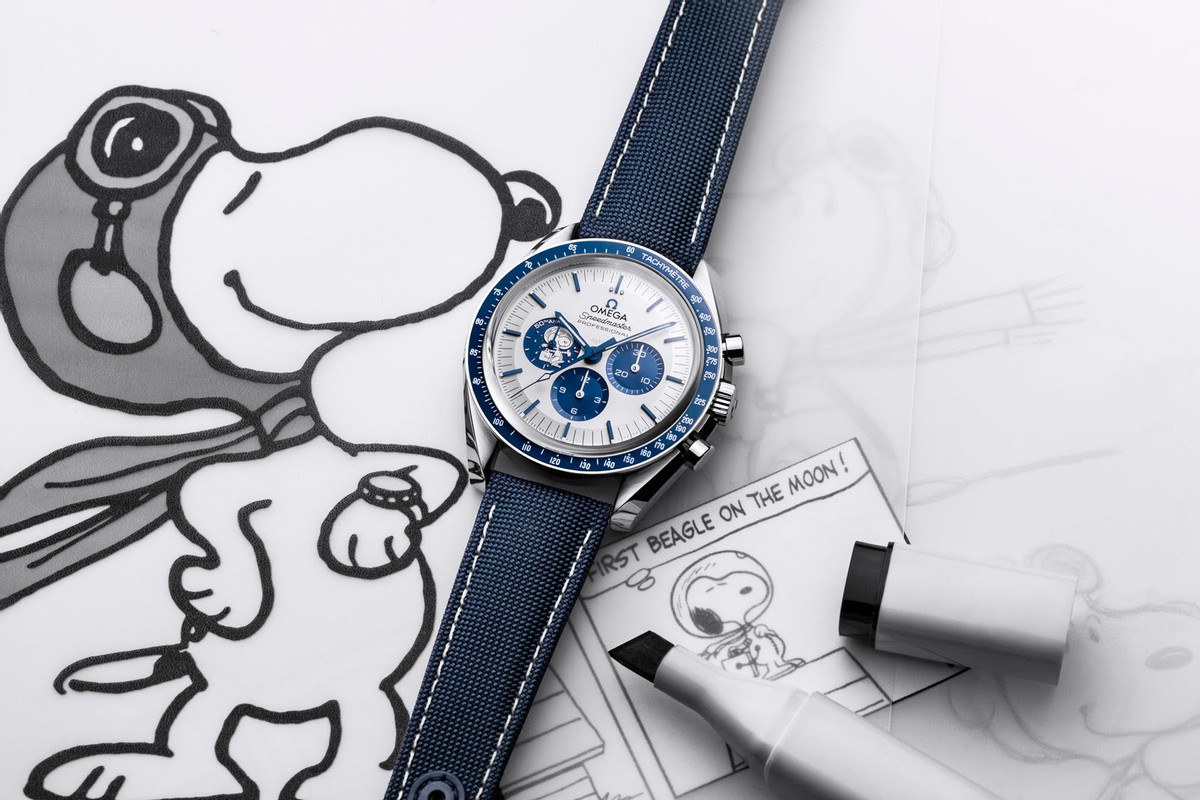Did You Know This OMEGA Watch Played An Integral Role In The Famous Apollo 13 Mission?
OMEGA, Snoopy, and space missions... What's the connection between it all?
OMEGA's journey to space began in 1965, when the Swiss brand took its first steps towards their iconic Speedmaster watch being declared “flight qualified” for all manned NASA space expeditions
This happened after NASA put several watches through a series of severe tests, and the OMEGA Speedmaster was the only one that passed them all with flying colours.
Following this, the Speedmaster went on to become the first watch on the moon in 1969. Since then, it has been on the wrist of every NASA astronaut who takes to the skies.
According to James Ragan, the NASA engineer who first tested and qualified the OMEGA Speedmaster in 1964, watches are a critical back up for astronauts
"If the astronauts ever lost the capability of talking to the ground, or the capability of their digital timers, the only thing they would have to rely on would be the watches on their wrists. It needed to be there for them if they had a problem," he said.
A mere two days into the famous Apollo 13 mission in 1970, the unthinkable happened
During a routine maintenance procedure, two oxygen tanks exploded, inflicting serious damage to the space craft and endangering the lives of everyone on board.
The mission to the moon was immediately abandoned. Now, it was all about getting the astronauts home. To survive, they were forced to use the Lunar Module, a small craft not intended for long life support, as a makeshift lifeboat.
To conserve energy, the astronauts had to power down almost everything, rendering their digital timers obsolete, and exposing themselves to dark and freezing conditions.
Because the mission had drifted off course by roughly 60 to 80 nautical miles, the module would be re-entering Earth's atmosphere at the wrong angle. This would cause it to bounce back into space with no chance of recovery.
That's when the OMEGA Speedmaster truly proved itself, playing an integral role in saving the mission crew's lives
To manually readjust the course and get them back on track, the astronauts had to burn exactly 14 seconds of fuel. Everything relied on precision and accuracy—there was absolutely no room for error.
To do this, Commander James Lovell and the rest of the Apollo 13 mission crew relied on their OMEGA Speedmaster chronographs. Thankfully, the watch played its part perfectly, allowing the astronauts to accurately count the seconds.As Commander James Lovell himself puts it, “We used the OMEGA watch that Jack had on his wrist and I had to control the spacecraft. Jack timed the burn on the engine to make that correction to get us back home safely.”
For that critical role, OMEGA received the coveted “Silver Snoopy Award” from the astronauts at NASA
Receiving the Silver Snoopy Award is a great honour, as it is only awarded to those with outstanding achievements related to human flight safety or mission success.
The award is personally presented to recipients by the NASA astronauts themselves. It consists of a coveted sterling silver Snoopy lapel pin worn by NASA astronauts during NASA missions.
Award recipients are also given a commendation letter (stating the mission the Silver Snoopy pin was flown on) and a signed, framed Silver Snoopy certificate, as well as Snoopy decals and posters.
But, why did NASA choose Snoopy to represent this distinguished award? What is the connection between the two?
Commander Thomas Stafford pats Snoopy’s nose for good luck before the Apollo 10 mission.
Image via OMEGATo answer that, we have to go back to the 1960s, when Charles M. Schulz first began creating the Snoopy comic strip. In bringing the iconic beagle from his imagination to life, Schulz often depicted Snoopy in spacesuits or on the moon.
So, when NASA was searching for a symbol to represent their safety programme in 1968, the loveable, adventurous, and clever Snoopy was the perfect fit.
As an avid supporter of the US space programme, Schulz was thrilled and allowed NASA to use 'Snoopy the Astronaut' at no cost. He even drew the image the award pin was based on, and art for promotional posters about the award programme.
To this day, Snoopy remains NASA's most beloved "watchdog", representing total mission success.
The OMEGA Speedmaster is highly collectible, and showcases the brand's rich history through the years
In July 1969, US astronaut Buzz Aldrin landed on the moon. On his wrist was the OMEGA Speedmaster, making it the first watch to be worn on the moon. Featuring an asymmetrical stainless steel 42mm case, this original Speedmaster is built in the classic 4th generation style that was worn by all the Apollo 11 astronauts.
The stainless steel case comes with the option of a matching bracelet or black leather strap. Meanwhile, a hesalite crystal protects the dial, which is includes a 30-minute recorder, 12-hour recorder, and small seconds sub-dial.
For the 2003 edition, OMEGA kept the design clean with a coloured image of Snoopy on its sub dial and sapphire crystal caseback. This prestigious edition was limited to only 5,441 pieces, referencing the length of the Apollo 13 mission - 142 hours, 54 minutes, and 41 seconds.
Then in 2015, OMEGA celebrated the 45th anniversary of Apollo 13 and their subsequent Silver Snoopy Award with another Snoopy-themed Speedmaster.
With only 1,970 timepieces made available in honour of the year 1970, this watch features a white dial with special comic strip inscriptions and a small Snoopy. On the caseback is a 925 silver Snoopy medallion surrounded by gorgeous dark blue enamel.
The year 2020 marks 50 years since OMEGA's incredible achievement of receiving the esteemed Silver Snoopy Award from NASA.
To commemorate this historic milestone, they have launched a special timepiece – the Speedmaster “Silver Snoopy Award” 50th Anniversary watch.
No tribute to the Silver Snoopy Award would be complete without an appearance of Snoopy himself, and he is indeed prominently displayed on this OMEGA masterpiece.
Adding a touch of whimsy, Snoopy appears twice on the watch—once on the blue subdial at 9 o'clock, and again on the caseback.
Keep an eye out for these intricate engravings that honour NASA—the iconic "Eyes on the Stars" quote floating in the black universe, 'April 1970', the date when OMEGA received the Silver Snoopy Award, and 'Apollo XIII', a tribute to the risky Apollo 13 mission.
